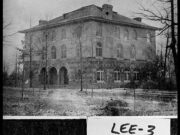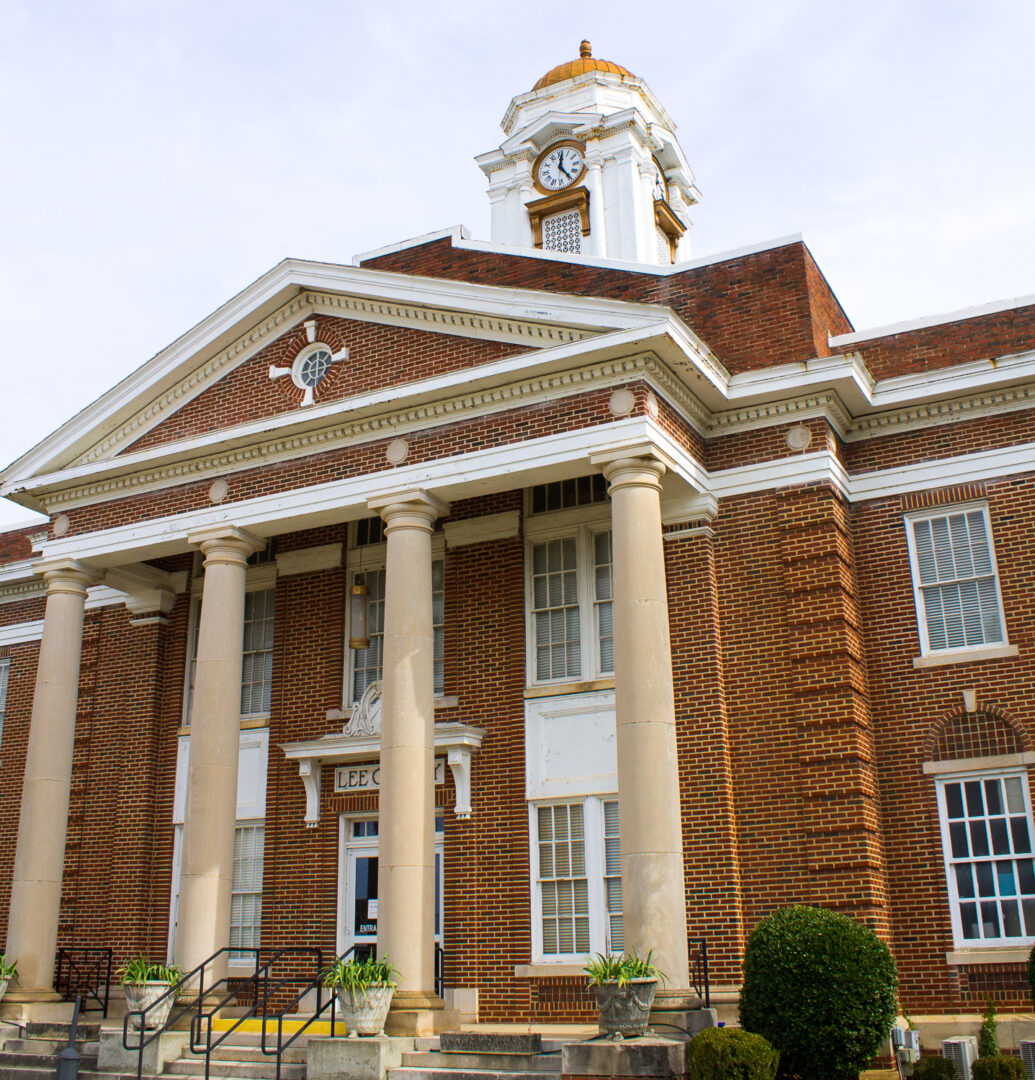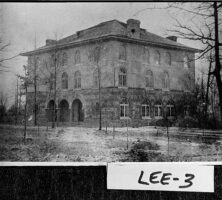Lee County, which spans 356 square miles, was created by an act of the state legislature on June 9, 1825, along with Carroll, Coweta, and Troup counties (although the counties were not officially named until December 1826). Georgia’s sixty-first county was formed from land that was ceded by the Creek Indians in a treaty signed on February 12, 1825.
One of Georgia’s earliest counties in the southwestern part of the state, Lee originally comprised the subsequently created counties of Quitman, Randolph, Stewart, Sumter, Terrell, and Webster and parts of Chattahoochee, Clay, Macon, Marion, and Schley. The original county boundaries ran from the Flint River to the Chattahoochee River on the Alabama border. The total population in the 1830 census was 1,680. In 1832 the county seat was named Starkville after General John Stark, a Revolutionary War (1775-83) hero of the battles of Bunker Hill in Massachusetts and Bennington in Vermont.
With the completion of the Southwestern Railroad from Americus to Albany in 1857, two towns were created along the railroad. Smithville, in the northern section of the county, was incorporated in 1863. In 1872 Wooten Station, located in the central part of the county, was chosen as the county seat and incorporated as Wooten the same year. In 1874 Wooten was renamed Leesburg. As Leesburg continued to grow, Starkville, the old county seat, lost its population and eventually became a ghost town. Today, the only reminder of Starkville is an old public cemetery, where some of the first county officials are buried.
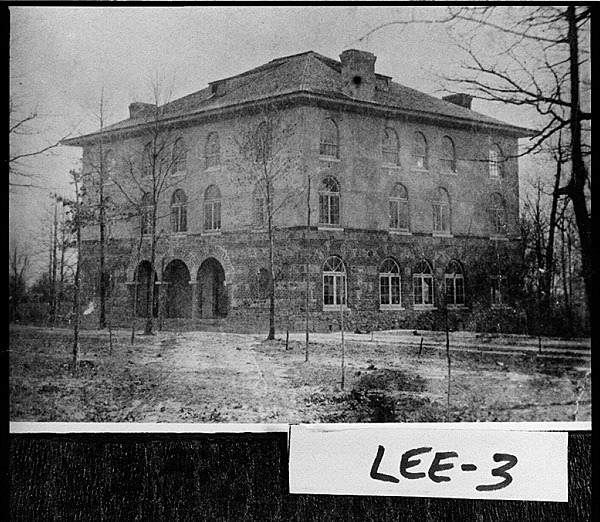
In 1814, on his way to fight in a campaign against the Creek Indians, General Andrew Jackson camped in an area that would become part of Lee County. Four years later, near the future site of Leesburg, the Georgia militia mistakenly attacked the Indian town of Chehaw and several friendly Chehaw Indians were killed. In 1912 the Daughters of the American Revolution erected a memorial marker at the site in remembrance of the massacre.
With some of the best agricultural soils in the area, Lee County became a large cotton producer, and cotton plantations were located throughout the county. Later, peanuts and corn became the major cash crops for local farmers.
During the first half of the twentieth century, politics were an important part of the local community. In the October 25, 1938, issue of Look magazine, Lee County was shown as the most solidly Democratic area in the United States; in the 1936 presidential election 490 votes were cast for Democrat Franklin D. Roosevelt and only one vote was cast for his opponent, Republican Alf Landon.
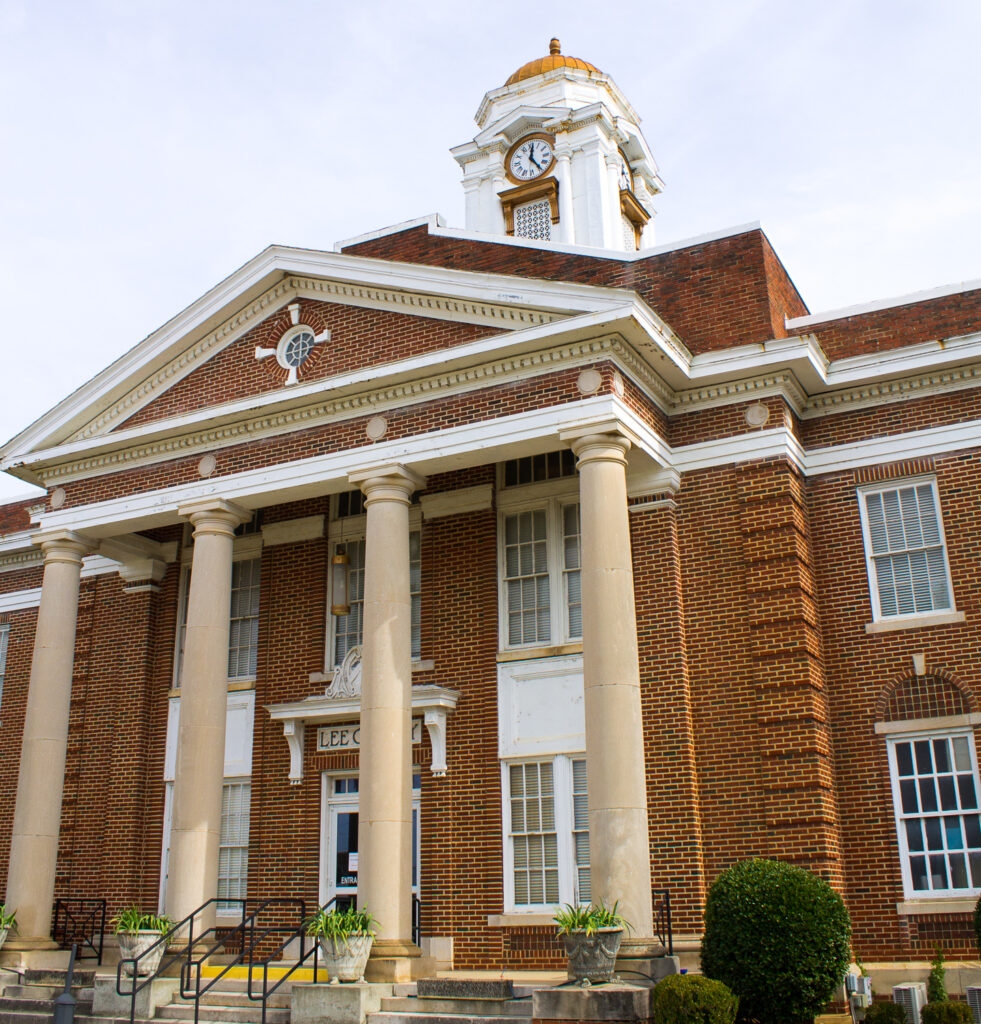
Since the 1950s, Lee County has changed from an agricultural area to an area of rapid residential and commercial development. Between 1990 and 2000, according to U.S. census records, the county grew at an astonishing rate. The 2000 population of 24,757 showed a 52 percent increase from 1990, much of it from Albany, in adjacent Dougherty County. In 2010 the county’s population grew at a more modest pace to 28,298. By 2020, the population had reached 33,163. As a growing market area, Lee County has become an important economic center for southwest Georgia.


